Revive old WordPress posts with AI and Uncanny Automator. Learn how to reverse content decay…
Automation vs AI: The Brawn and Brains of Your WordPress Website
Automation vs AI: What’s the difference? And how can you get them working together on your WordPress site? This blog post explains it all.
Automation. Artificial intelligence. Two buzzwords that get tossed around like confetti at a tech conference. But here’s the thing: while they often end up in the same conversation, they’re not the same thing.
Think of them as the muscle and the mind of your WordPress site.
Automation is the brawn—the reliable workhorse that never tires of repetitive tasks. AI is the brain—the adaptive thinker that can analyze, learn, and generate.
So, here’s the big question: When should you use automation vs AI for your WordPress tasks?
In this post, we’ll break down exactly what each does, how they differ, and how they can supercharge your WordPress website—together. By the end, you’ll know how to make your site not just functional, but smart.
↓ TLDR? Jump ahead to start building agentic AI workflows with Automator ↓
What Is Automation?
In simple terms, automation is the use of technology in workflows to execute tasks without human intervention. It follows predefined sets of rules, operating on “if this happens, then do that” logic. Automated tasks are completed more or less instantly, and the same way every time.
It’s easiest to think of automation as the unseen employee of your WordPress site. You assign tasks to it, and it works diligently in the background to ensure that the job is taken care of.
“Automation is the use of technology in workflows to execute tasks without human intervention. Automation follows set rules, operating on “if this happens, then do that” logic. With automation, tasks are completed instantly or in the background, and the same way every time.”
The key features of this “unseen employee” are that it doesn’t rest and never makes a mistake. But, it also doesn’t “think”. In setting up the predefined sets of rules, you are the “brains” and automation is the “brawn”.
If you’ve been running a WordPress site for years—or even a few hours—you have very likely already interacted with this “unseen employee”. Let’s take a look at a few of the automated workflows you’re probably already using.
Common WordPress Automation Examples
The digital world is full of “unseen employees”—those little automation bots, diligently toiling away in the background.
To function properly, WordPress sites require automation. Here are just a few examples of how you’ve likely already been using it on your site.
- Scheduled post publishing
- Automatic email notifications when someone submits a form
- Course enrollments triggered by purchases
- Social media auto-posting from your blog
- CRM tagging when customers buy products
Benefits of Automation
Automation isn’t just a business buzzword. It has real, tangible benefits that help businesses operate more efficiently.
- Save time on repetitive tasks
- Reduce overhead and operating costs
- Eliminate or reduce human error
- 24/7 operational functionality
- Get predictable, consistent outcomes
Automation is all about efficiency and accuracy.
What Is AI?
AI (Artificial Intelligence) is technology that simulates human thinking to analyze information and make decisions. AI learns from patterns and context to solve problems and generate content. Unlike automation’s fixed rules, AI adapts its responses (outputs) based on what it understands.
If automation is an “unseen employee”, then AI is the “personalized consultant”. It has access to limitless data, processes information at lightning speed, and tailors its outputs to your needs.
“AI (Artificial Intelligence) is technology that simulates human thinking to analyze information and make decisions. AI learns from patterns and context to solve problems and generate content. Unlike automation’s fixed rules, AI adapts its responses (outputs) based on what it understands.”
There are a few different types of AI, however, when it comes to your WordPress site, AI is the technology that “thinks”.
AI Applications for WordPress
There are endless applications for AI in the world of WordPress. But here are just a few examples of how people are already using AI:
- Blog content generation and optimization
- AI-powered image creation (DALL·E, Midjourney, etc.)
- Smart chatbots for customer support
- SEO insights and keyword analysis
- Personalized on-site recommendations
- Dynamic, AI-generated web copy
Benefits of AI
AI isn’t just about having smart technology. It delivers measurable advantages that transform how businesses connect with customers and create value.
- Scale personalized experiences without adding staff
- Generate unlimited creative content on demand
- Answer complex questions instantly and accurately
- Discover hidden patterns that drive better decisions
- Free your team to focus on strategic innovation
In short, AI is all about intelligence and adaptation.
Automation vs AI: Differences and Synergies
Here’s where the rubber meets the road—or the code meets the computer.
Automation (the brawn) executes tasks without thinking. That’s perfect for when you know exactly what needs to happen.
- A customer purchases a product, then automation tags and segments them in your CRM.
- You write a blog post, then automation schedules the publication and promotion across social media.
- A site visitor fills out a form, then automation sends an email to the right member of your team and logs the entry in a database like Airtable or Google Sheets.
“For all of their differences, the real magic happens when automation and AI work together.”
AI (the brain), on the other hand, thinks before executing. It’s ideal for tasks that require understanding, judgment, or a little creativity.
- A customer purchases a product, then AI uses their checkout information to recommend more products from your catalog.
- You release a new product, then AI writes a blog post and promotional snippets for social media.
- A site visitor fills out a form, then AI analyzes the sentiment and drafts a reply.
Automation is your assembly line worker who can make 1,000 products perfectly every day. AI is your designer who creates a unique product based on each customer’s specific needs and preferences.
But, for all of their differences, the real magic happens when automation and AI work together.
Automation & AI Synergies: Agentic AI
In the human body, mind and muscle work together. Your WordPress website (or the digital landscape) is no different. Automation and AI are best when they are working together.
This synergy is called agentic AI—and it’s the future of WordPress.
Agentic AI is technology that is designed to act with a degree of independence. It leverages AI platforms to make decisions and automation tools to carry out tasks based on those decisions.
Instead of waiting for direct commands, agentic AI can plan steps, use tools, and adapt its actions as situations change. This makes it useful for building automations that feel more proactive and human-like.
What does agentic AI look like in practice? Imagine this:
A site visitor fills out a form > AI analyzes the content and sentiment and drafts a reply > Automation creates a task in ClickUp with the form submission and the AI-written reply and sends a Slack message to your customer support team.
That’s not a hypothetical. It’s a real-world workflow that we’re going to build together.
Getting Started: Building Your First AI-Powered Automation
If you’re thinking that agentic AI is something only tech-savvy WordPress developers or large businesses can work with, think again.
Uncanny Automator is the #1 automation and integration tool for WordPress websites. And, with eight—yes, eight—AI integrations, it’s also the most accessible agentic AI plugin for WordPress.
Automator connects AI platforms such as OpenAI, Anthropic, and xAI’s Grok to 214 integrations.
What does that mean for your WordPress site? It means that Automator can bring the brains of AI to bear on any of your tasks related to:
- Email marketing: Enhanced personalization and segmentation based on overall sentiment, user intent, and more.
- eCommerce: From auto-generating product descriptions to suggesting upsells, AI adapts to customer behavior while automation delivers the results instantly.
- Memberships: AI can tailor welcome messages or suggest resources based on member profiles, while automation handles the enrollments and access rules.
- eLearning: Generate custom quiz feedback, summarize lesson content, or adapt course recommendations, all paired with automations that keep learners engaged.
- Content Marketing: AI drafts posts, captions, and images that automation schedules and distributes across your blog and social channels without extra clicks.
- Reporting: Instead of crunching numbers yourself, AI analyzes your site data and creates plain-language summaries that automation delivers straight to your inbox.
- Customer Support: AI reviews tickets, detects sentiment, and drafts helpful replies, while automation assigns tasks, updates records, and alerts your team.
Want to build an agentic AI workflow with me right now? Let’s build the example I gave you earlier: a site visitor submits a form, AI analyzes the submission and drafts a response, and Automator creates a task and notifies your team.
Step 1: Install and Activate Uncanny Automator
From your WordPress Admin Dashboard, navigate to Plugins > Add plugin. In the search bar, enter “uncanny automator”.
Uncanny Automator will be the first in the search results. Click Install and Activate.
Step 2: Register Your Account
Uncanny Automator Lite (the free version which you just installed) comes with complimentary app credits. You will need these credits to use app integrations.
Click here to register your account and receive complimentary app credits.
(Note: All AI integrations require app credits. Automator Pro users receive unlimited app credits.)
Step 3: Create and Name a New Recipe
With Automator installed and activated on your site and your account full of app credits, you can create your first agentic AI workflow.
From your WordPress Admin Dashboard, navigate to Automator > Add new recipe. In the modal that appears, select Everyone.
Give your recipe a name that makes it easy to recognize at a glance. For example, we have named this recipe “When a form is submitted, draft a reply and create a task”.
Step 4: Configure Your Trigger(s)
In the Trigger panel, from the menu of available integrations, select WPForms (or your preferred form-building plugin).
From the dropdown list that appears, select A form is submitted.
Automator will prompt you to select a form. For example, we have selected our “Contact Form”.
Once you’re finished, click Save.
Step 5: Configure Your AI Action
In the Actions panel, click Add action and select OpenAI (or your preferred AI platform).
(Note if you haven’t already connected your OpenAI or preferred AI platform account, click here to learn how.)
After connecting your OpenAI account, Automator will present you with a dropdown list of actions. From the dropdown list, select Use a prompt to generate text with the GPT model.
Automator will present you with a form.
Select your preferred Model and set the Temperature and Maximum length.
Draft a System message that clearly conveys how you want the GPT to behave. A System message should contain information the AI needs to know to generate a quality response. This should include information such as your brand voice and/or product knowledge.
The Prompt field is where you can include the information from the form submission. To include this information (such as the message, email address of the visitor, etc.) we are going to use tokens.
To use a token, click on the Asterisk in the Prompt field and select the corresponding token from the dropdown list.
For example, we have selected the “Comment or message” token from the form submission.
Once you’re finished, click Save.
Step 6: Configure Your Task Action
Now we want to create a task with the form submission and the AI’s response.
In the Actions panel, click Add action and select ClickUp.
(Note: If you haven’t already connected your ClickUp account, follow the prompts as they appear.)
From the dropdown list that appears select Create a task.
Automator will present you with a form to fill out the task details. I’ll let you fill out the details such as Team, Space, Folder, List, etc.
In the Description field, use tokens from the WPForms trigger and the OpenAI action to bring your support team up to speed. For the OpenAI action, you want to at least include the “Response” token.
Fill out the remaining fields according to your own workflows. Once you’re finished, click Save.
Step 7: Configure Your Notification Action
You’re almost done building the agentic AI workflow. An AI has drafted a response and Automator has created a task. Now you just need to let your support team know that there’s a task awaiting their review.
In the Actions panel, click Add action and select Slack (or your preferred team communications platform).
From the dropdown list that appears, select either Send a direct message to a Slack user or Send a message to a channel.
Select the channel or user and draft the notification.
Once you’re finished, click Save.
Step 8: Go Live!
You’re just about finished. All you have to do is toggle the recipe from Draft to Live.
Congratulations! You’ve just built your first agentic AI workflow. And it didn’t cost you anything except a few tokens in your AI platform!
But… why stop there?
More Automation + AI Integration Use Cases
Now you see how easy it can be to combine the power of automation with the flexibility of AI. As I mentioned before, Automator has 214 integrations, giving you endless possibilities for creating smart and seamless workflows.
We could probably spend another 25,000 words building more agentic AI workflows. (And we still would only have taken a small “byte” out of this digital apple.) Plus, something tells me you’re eager to build more of your own.
Here are a few ideas to help you get started:
AI Content Generation in WordPress >>>
This blog post is your ultimate guide to AI content generation in WordPress. Whether it’s writing new blog posts, or adding generative dynamic content to your site, Automator can make it happen.
Say goodbye to stock images. Explore the options for optimizing your site with AI-generated images. Give your members the ability to create fun avatars. Help your content team create original graphics. Cheaply edit product photos.
With automation and AI working together, the digital sky is the limit.
Upgrade to Automator Pro to unlock even AI-powered automations >>>
Frequently Asked Questions
Conclusion: Automation vs AI (Both, And)
Automation vs AI. Brawn vs brains. Muscle vs mind. To that, I like to say “both, and”.
Tools like Uncanny Automator do the heavy lifting of your day-to-day tasks and bridge the gaps in the digital landscape. Meanwhile, AI helps you think faster, see clearer, and strategize smarter.
When it comes to running your WordPress site, automation works together with AI to deliver better experiences for your visitors. At the same time, agentic AI reduces your overhead costs and saves you time.
So, the answer to our original question, “When should you use automation vs AI for your WordPress tasks?” is simple. The best WordPress sites use both automation and AI in their workflows.
Get the brawn of automation and the brains of AI >>>
Until next time, happy automating!
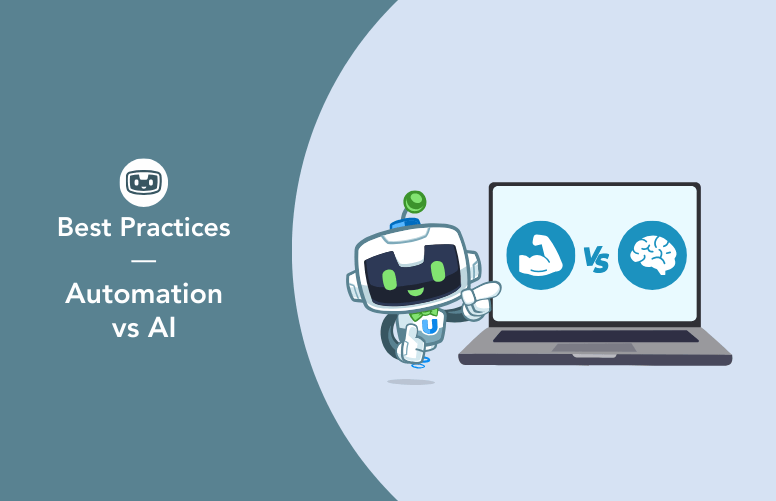
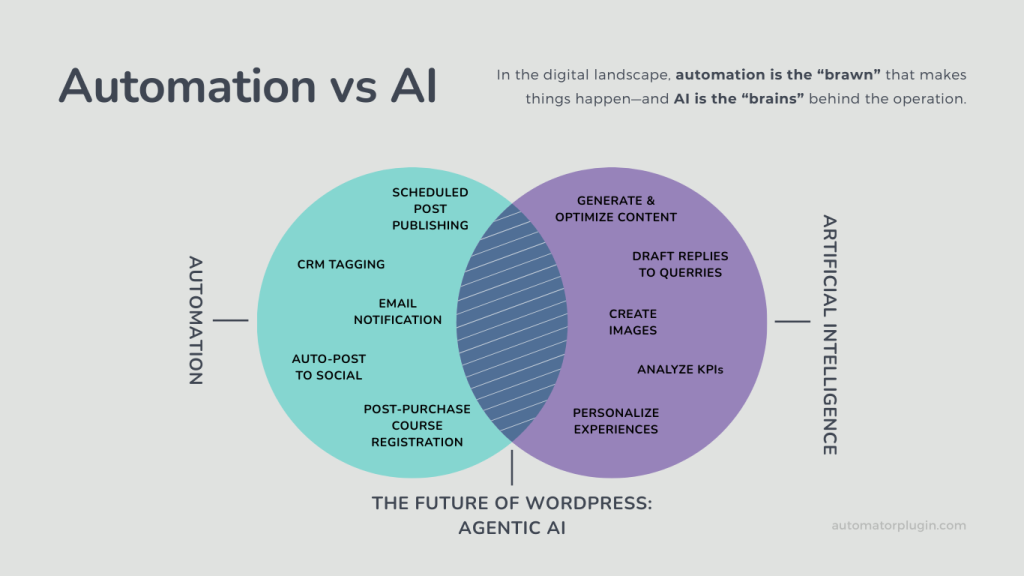
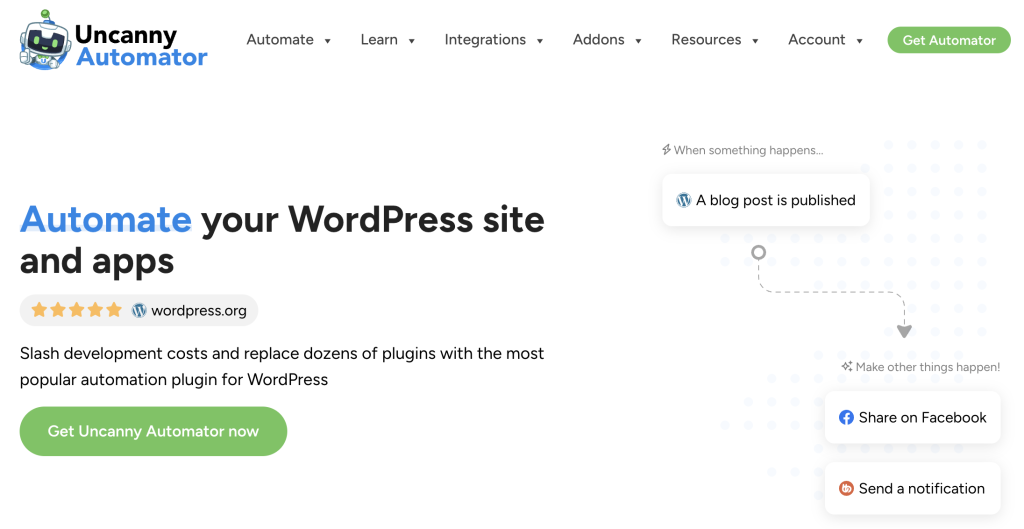

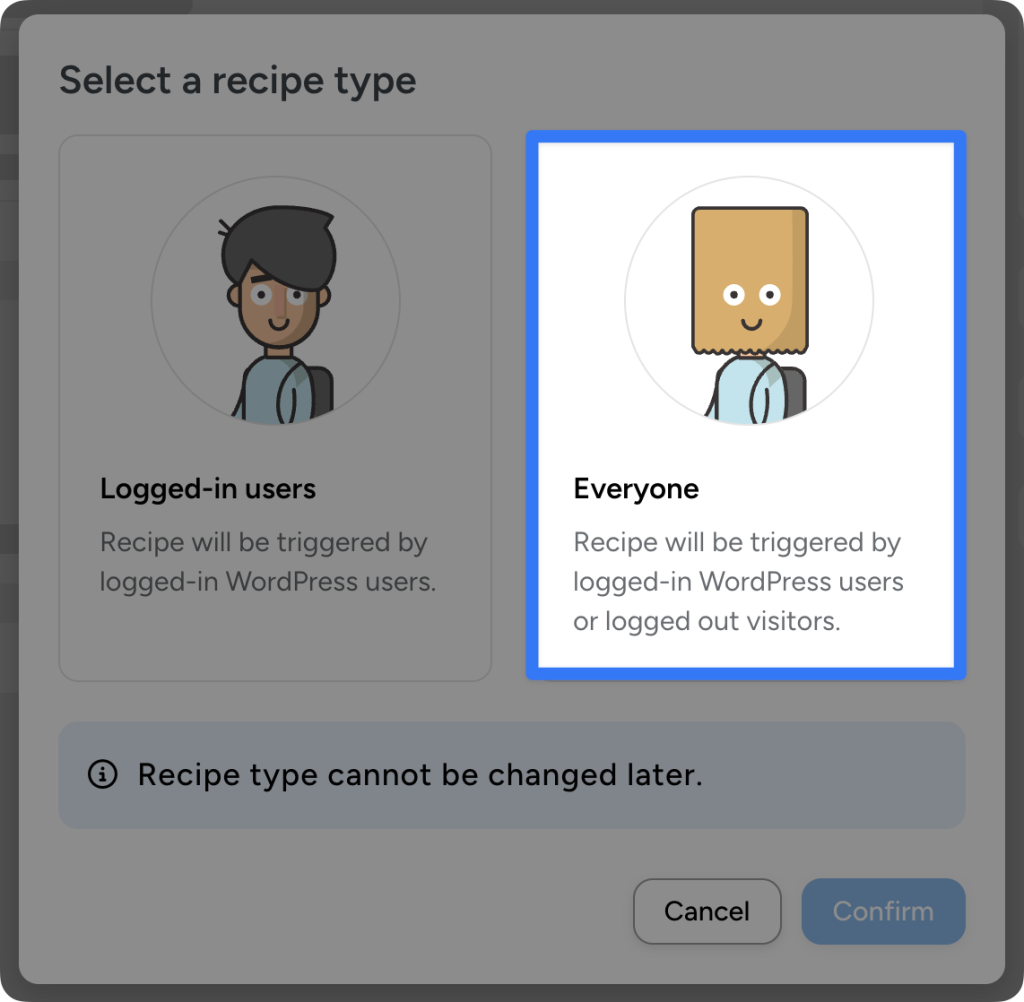
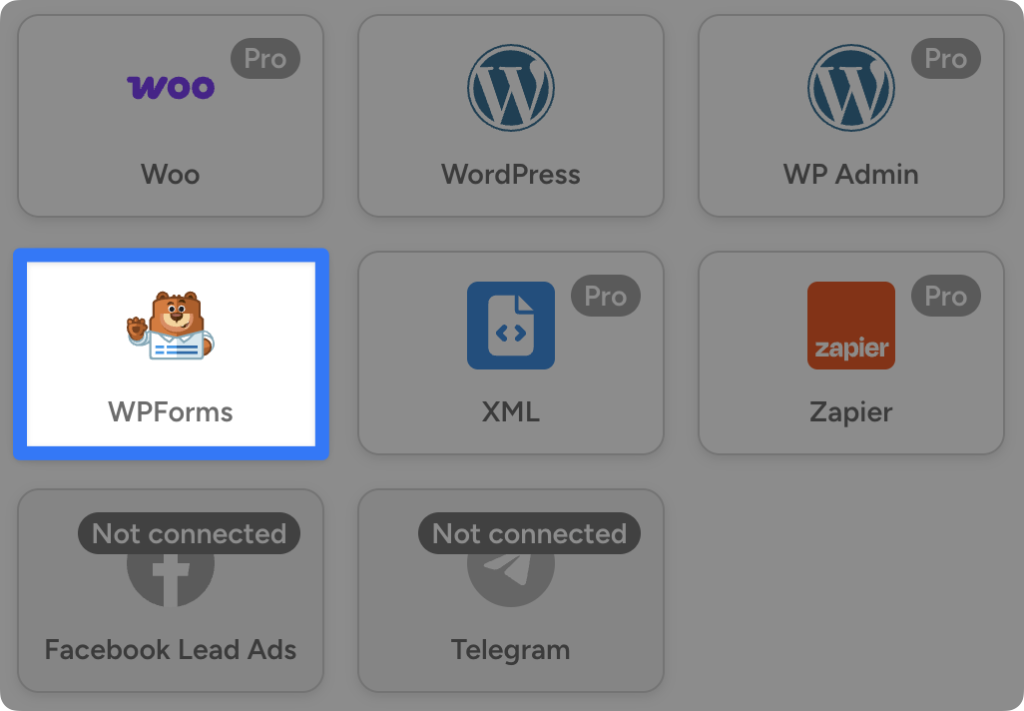
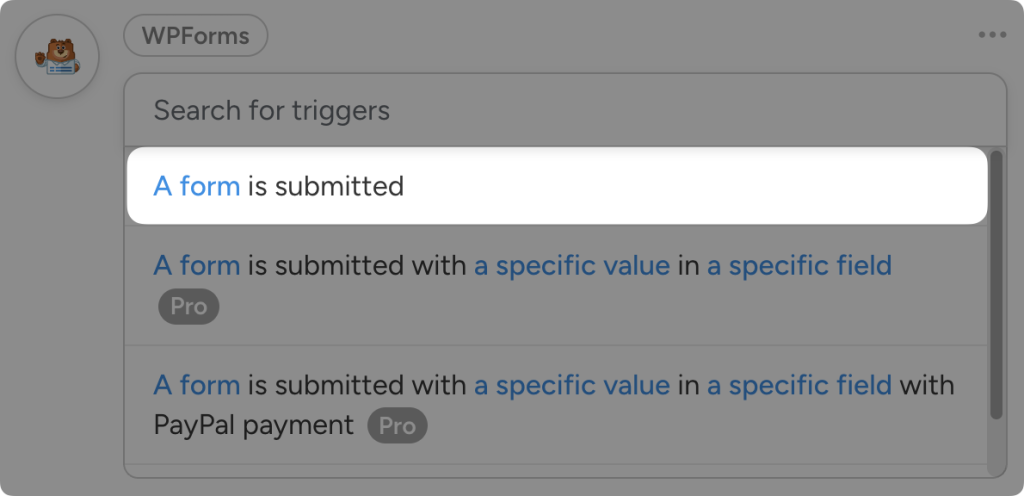
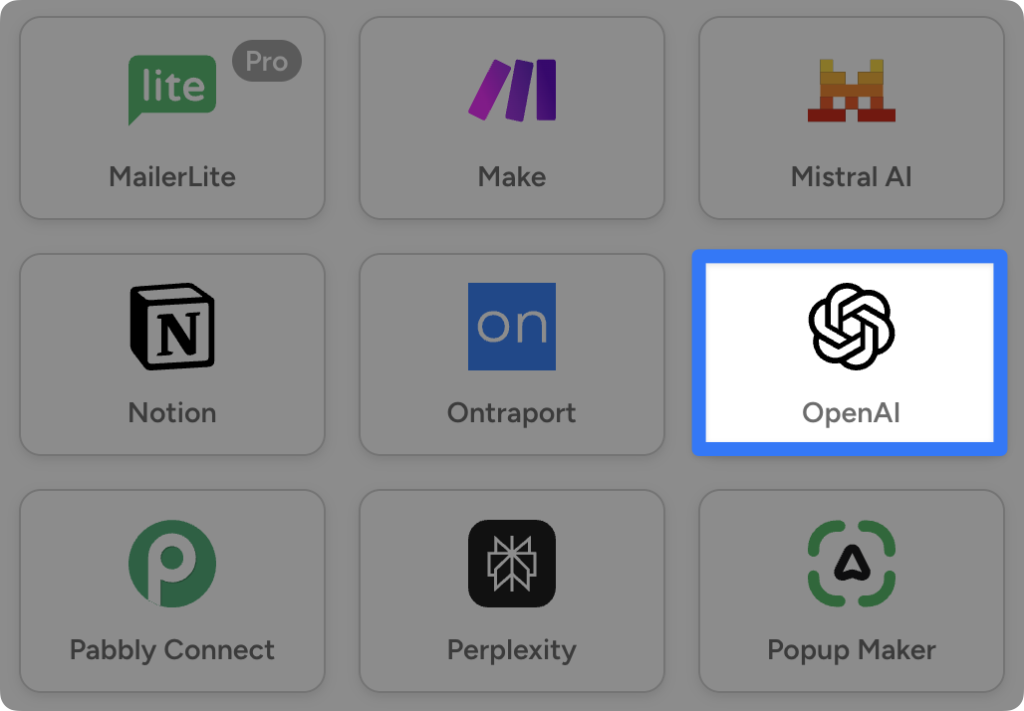
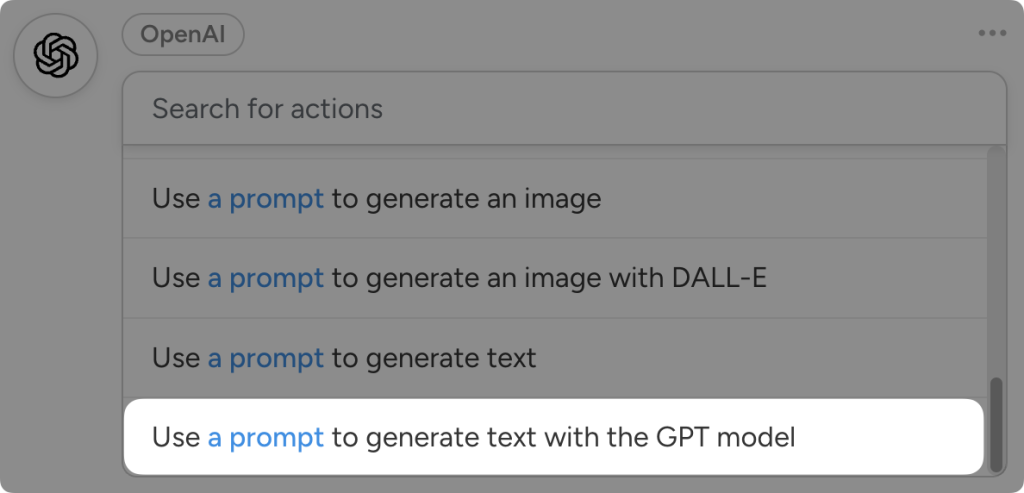
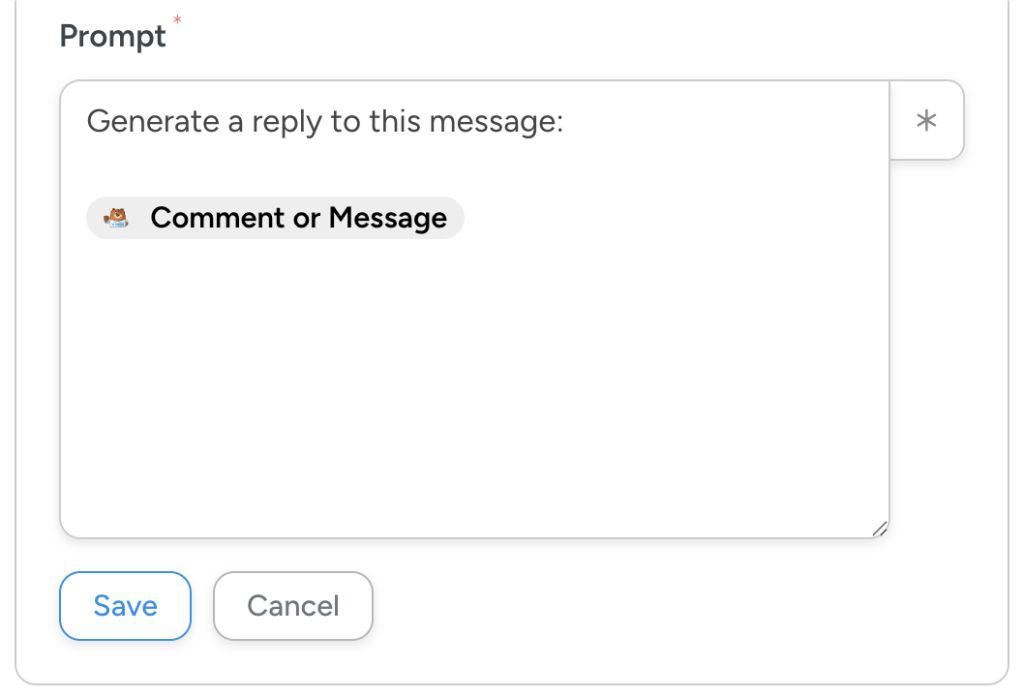
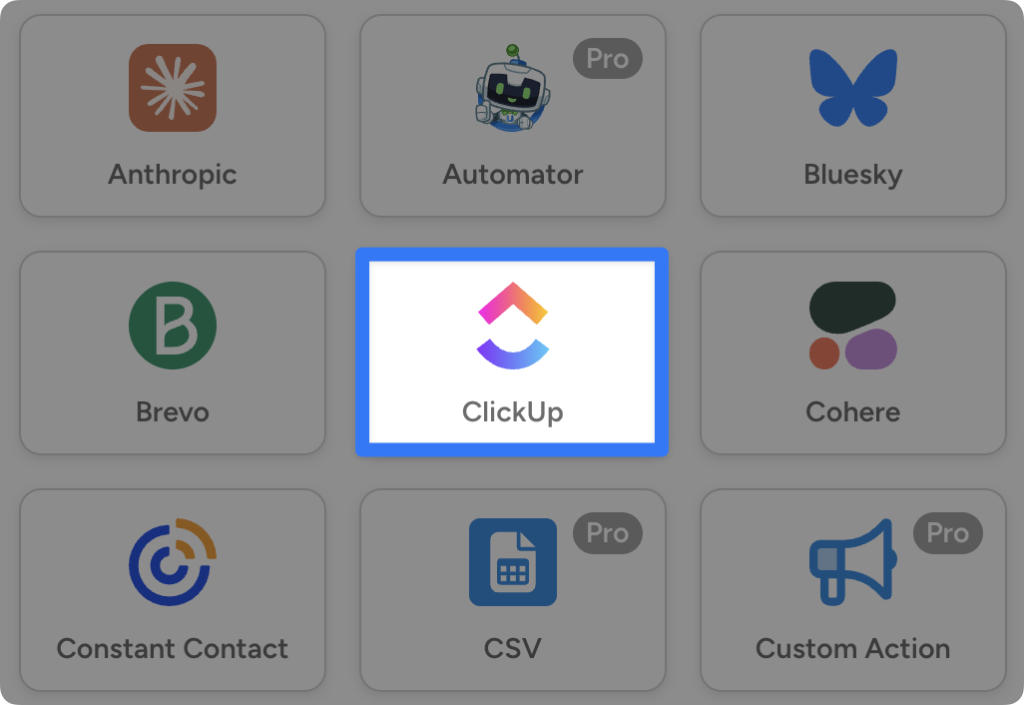
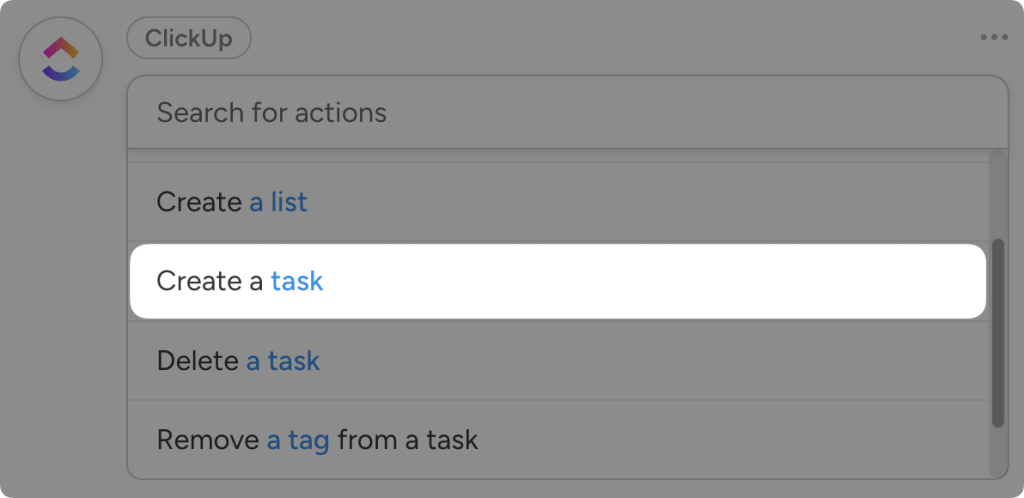
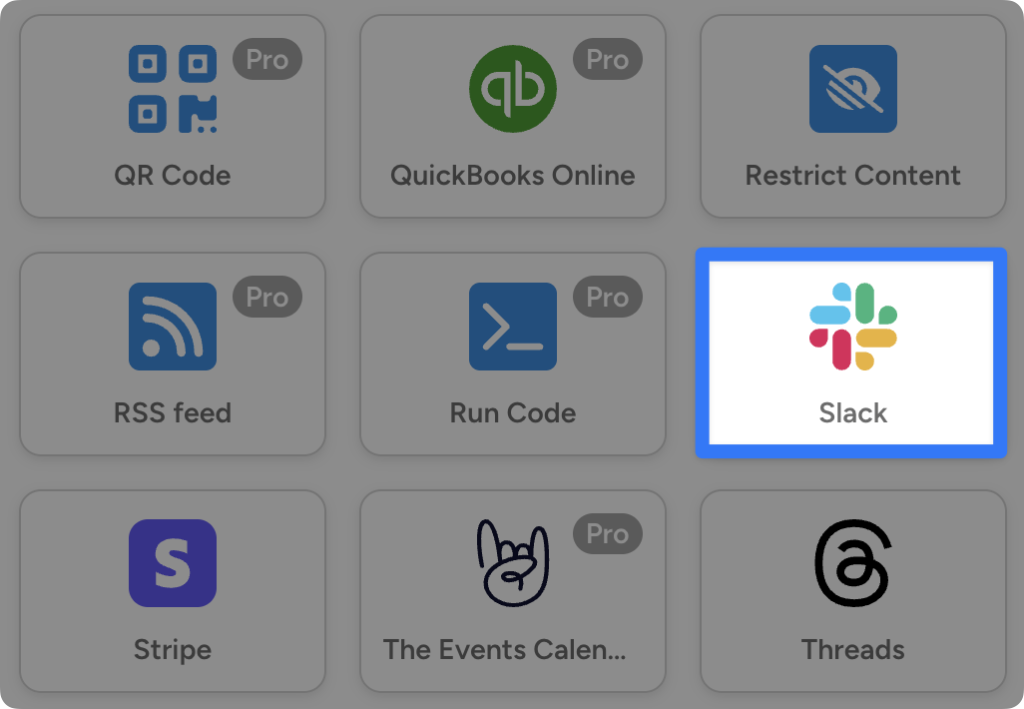
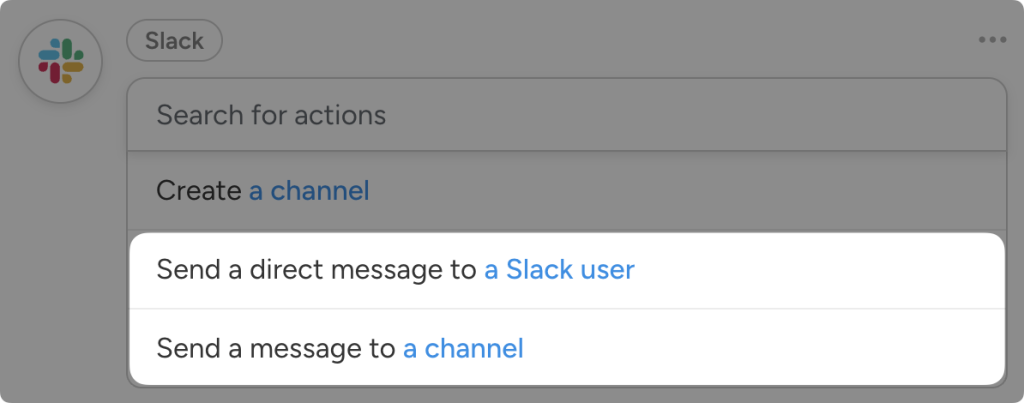
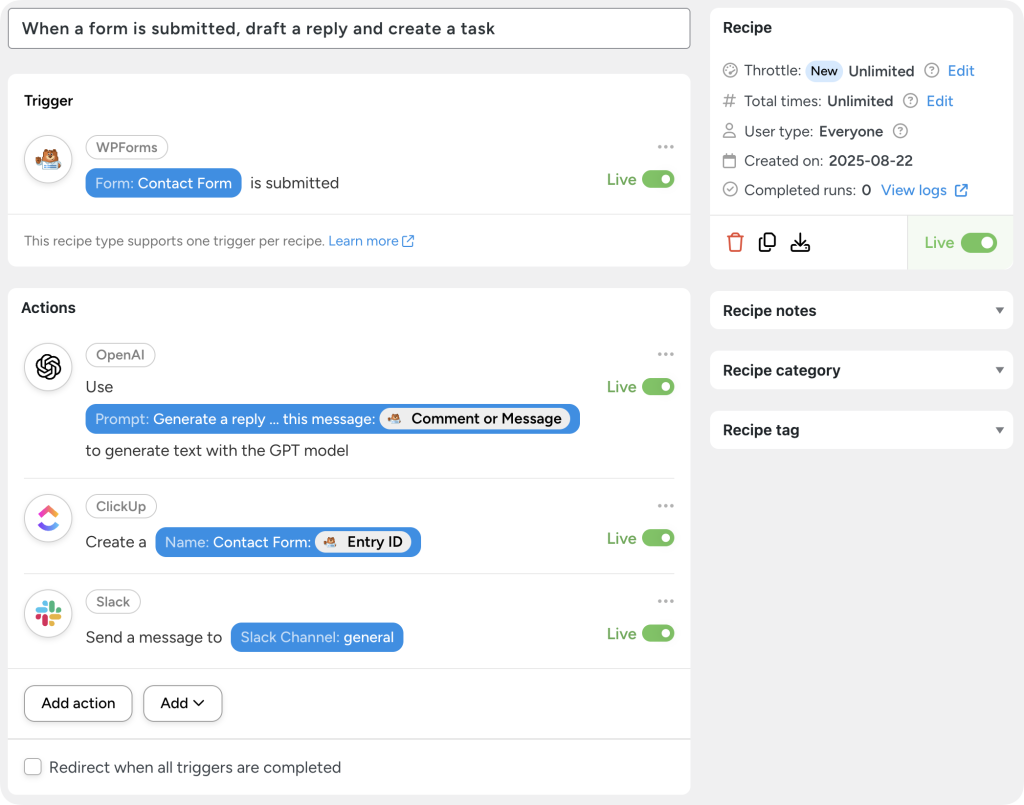
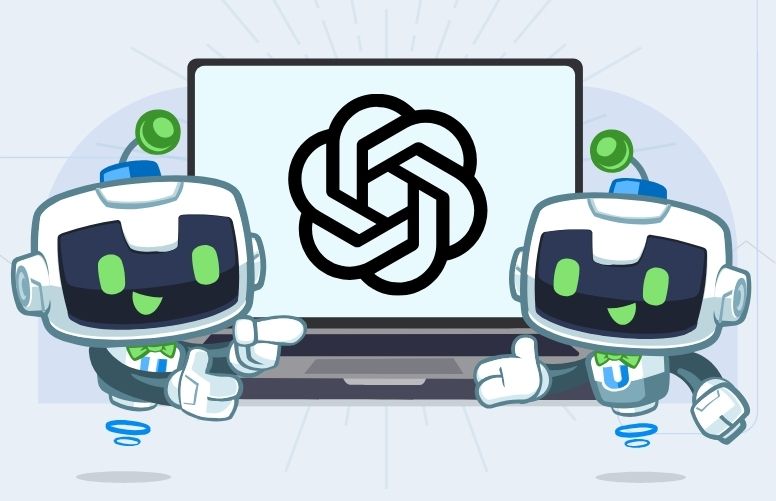
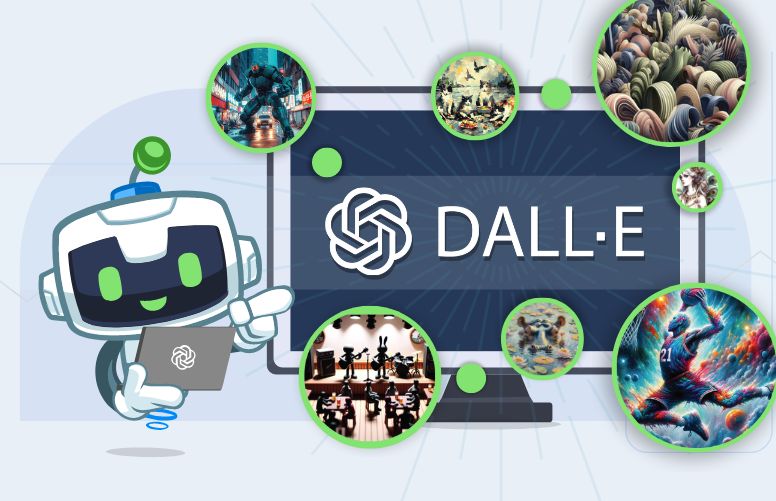

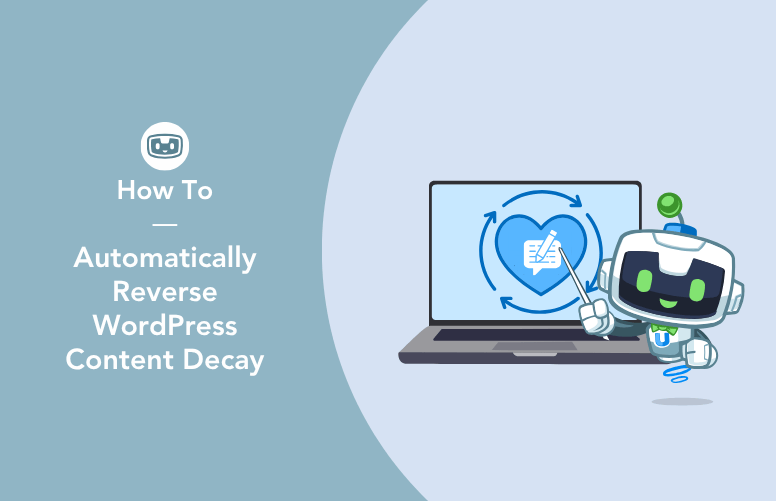
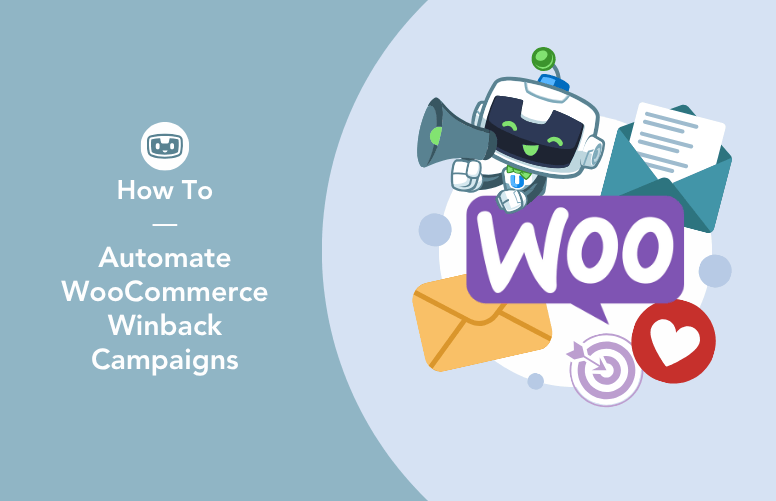
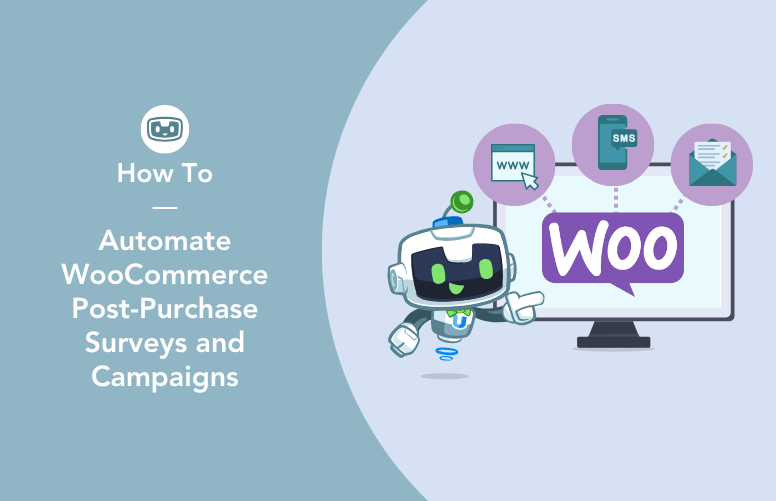
This Post Has 0 Comments